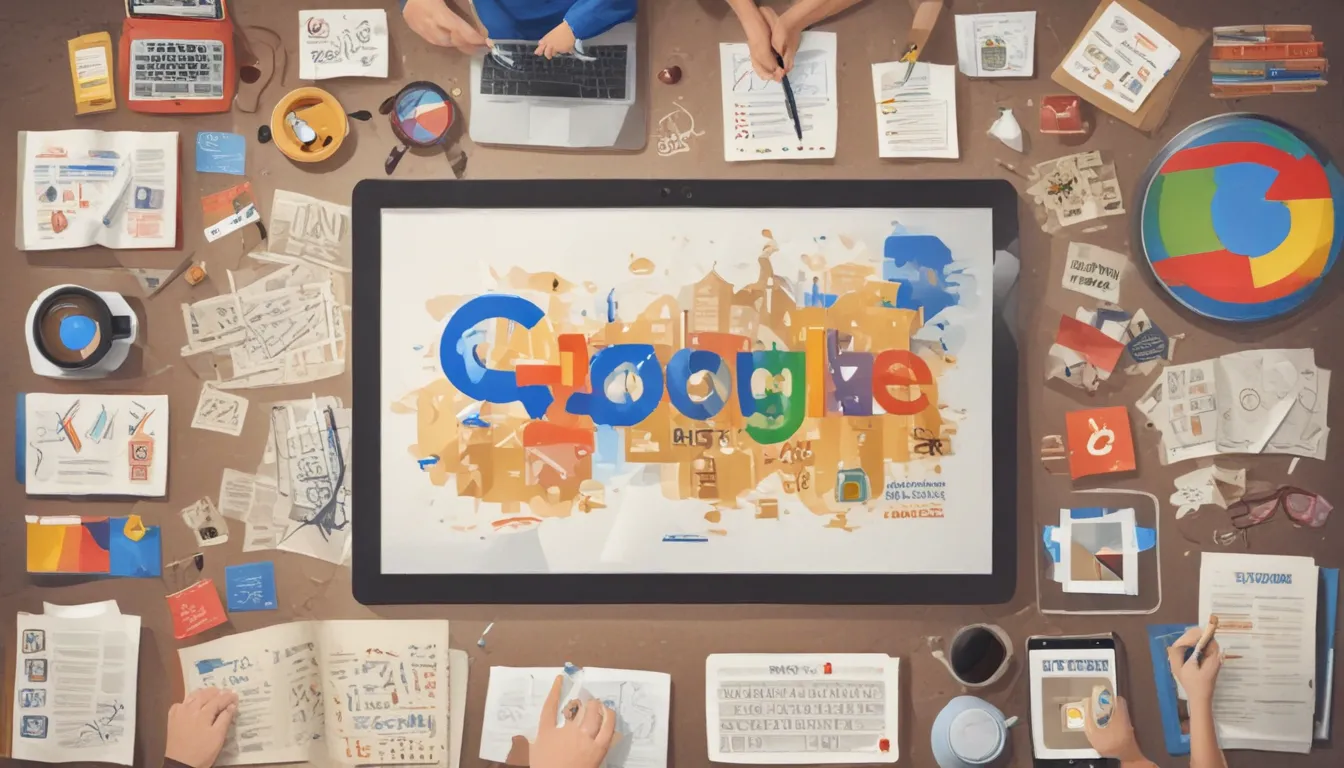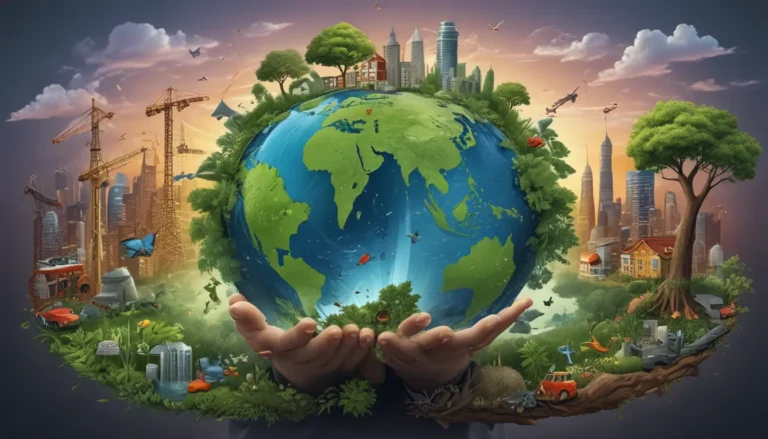A Note About Images: The images used in our articles are for illustration purposes only and may not exactly match the content. They are meant to engage readers, but the text should be relied upon for accurate information.
In today’s interconnected world, language barriers are no longer a hindrance to communication, thanks to the groundbreaking application known as Google Translate. This versatile tool has revolutionized the way we interact across different languages, making it an indispensable asset for travelers, students, professionals, and language enthusiasts worldwide. In this article, we will explore six key facts about Google Translate that illuminate its development, functionality, and impact on global communication. From its extensive language support to its innovative features, Google Translate continues to pave the way for cross-cultural understanding and collaboration. So, embark with us on a journey to uncover the fascinating aspects of Google Translate and gain a deeper appreciation for its role in bridging linguistic divides.
Key Takeaways:
- Google Translate supports over 100 languages, enabling seamless communication and breaking down language barriers across the globe.
- By harnessing machine learning, Google Translate continuously enhances its translation capabilities, providing users with increasingly accurate and nuanced translations.
- From text to voice and image translation, Google Translate offers a versatile range of features to cater to diverse communication needs.
Google Translate: Bridging Language Divides
Google Translate stands out as a versatile application that supports over 100 languages, making it a valuable tool for transcending linguistic boundaries. Whether you need to translate a simple phrase or a complex document, Google Translate offers a comprehensive array of language options to facilitate communication across cultures and regions. This powerful tool empowers users to interact effectively in various languages, fostering global connectivity and understanding.
Harnessing Machine Learning for Enhanced Translation
At the core of Google Translate’s success lies its utilization of machine learning to improve translation accuracy and quality. Through the analysis of vast linguistic data, the application refines its understanding of diverse languages and dialects, resulting in more precise and contextually relevant translations. By leveraging machine learning algorithms, Google Translate adapts to linguistic nuances, ensuring high-quality translations that resonate with users worldwide.
Versatile Translation Capabilities
One of the standout features of Google Translate is its ability to translate not only text but also voice and images. Users can simply speak into their devices or capture images of text, and Google Translate will swiftly provide accurate translations. This multifaceted approach to translation caters to a wide range of communication scenarios, from verbal conversations to visual content translation, making Google Translate a versatile and indispensable tool for language enthusiasts.
Access Anytime, Anywhere: Mobile App and Web Platform
Google Translate offers seamless accessibility through both its mobile application and web platform, allowing users to utilize its translation services anytime and anywhere. Whether on the go or at a desktop computer, individuals can tap into Google Translate’s capabilities with ease, enhancing communication in different languages across various devices and platforms. This accessibility ensures that language barriers can be overcome effortlessly, promoting inclusivity and global connectivity.
Real-Time Conversation Translation for Seamless Interactions
With its real-time conversation translation feature, Google Translate enables users to engage in multilingual conversations effortlessly. This functionality is particularly useful for individuals navigating foreign languages during travel, business meetings, or social interactions. By facilitating real-time conversation translation, Google Translate fosters cross-cultural communication and collaboration, bridging language gaps and nurturing meaningful interactions.
Offline Translation: Overcoming Connectivity Challenges
In addition to its online capabilities, Google Translate offers offline translation functionality, allowing users to access translations without an internet connection. This feature proves invaluable for travelers or individuals in areas with limited connectivity, ensuring that language barriers can be overcome even in offline settings. By providing offline translation support, Google Translate enhances accessibility and reliability, catering to diverse scenarios where internet access may be limited.
In conclusion, Google Translate emerges as a powerful and versatile tool that has reshaped the landscape of language translation and communication. Its advanced capabilities, coupled with continuous advancements in machine learning, ensure that users can rely on accurate and nuanced translations across a wide range of languages. While Google Translate remains an invaluable resource for individuals, businesses, and travelers, it is essential to recognize its limitations and potential inaccuracies. By leveraging the strengths of Google Translate while being mindful of its shortcomings, users can harness this remarkable technology to foster global connections and overcome language barriers effectively.
FAQs
Q: Is Google Translate always accurate?
A: While Google Translate has made significant strides in accuracy, it may not always capture the nuances and context of a language, leading to potential inaccuracies in translations.
Q: Can Google Translate translate any language?
A: Google Translate supports a vast array of languages, but some lesser-known or dialectal languages may not be fully supported. Users should verify the availability of translation for their desired language.
In fostering cross-cultural understanding and breaking down language barriers, Google Translate serves as a beacon of connectivity and accessibility. By embracing the innovative features and capabilities of this transformative application, users can embark on a journey of exploration and communication that transcends linguistic divides. Trust in the power of Google Translate to bridge languages and unite people from diverse backgrounds, paving the way for a more connected and inclusive world.






